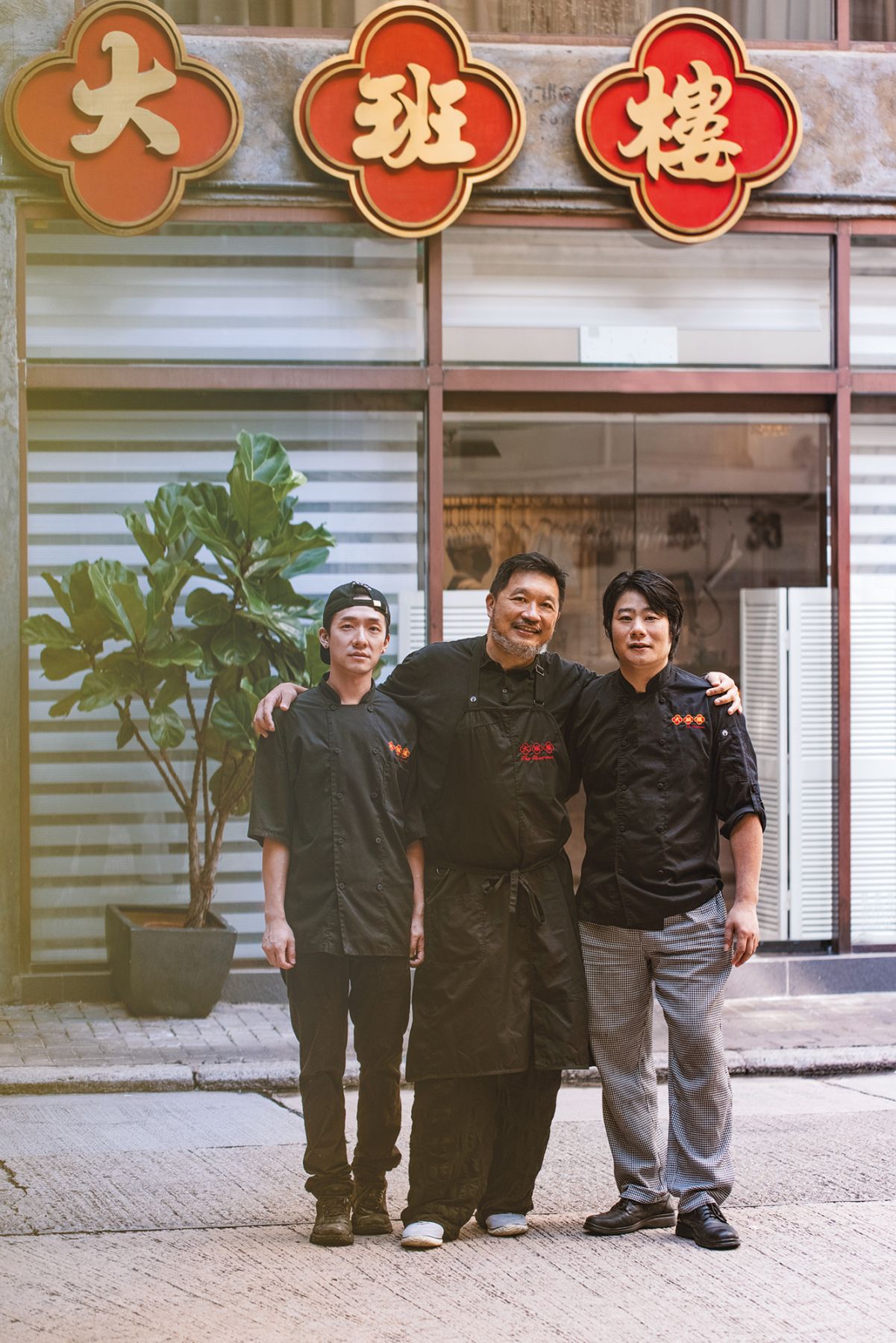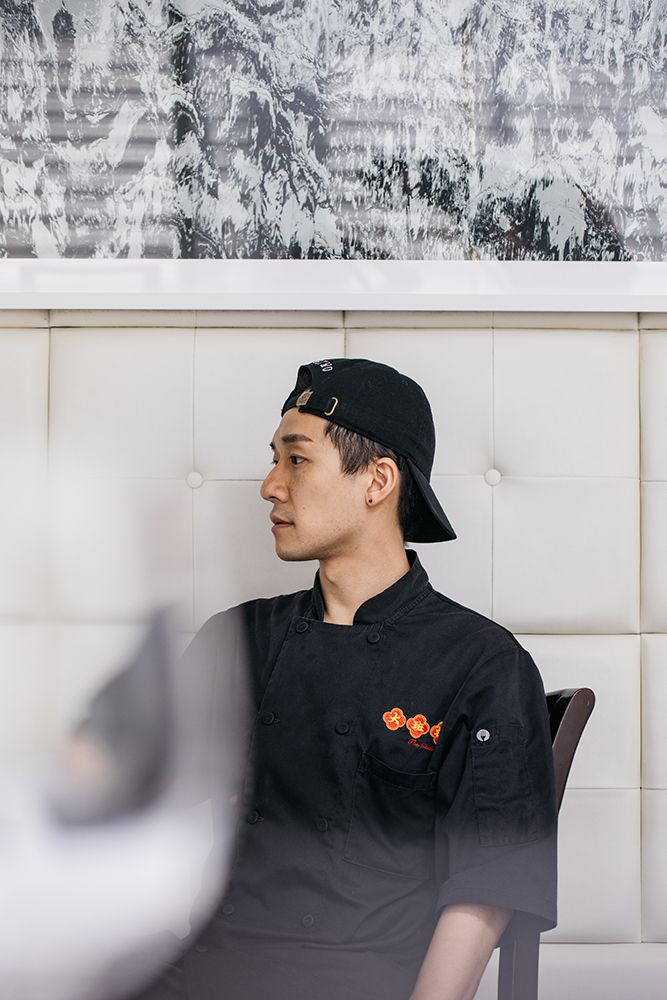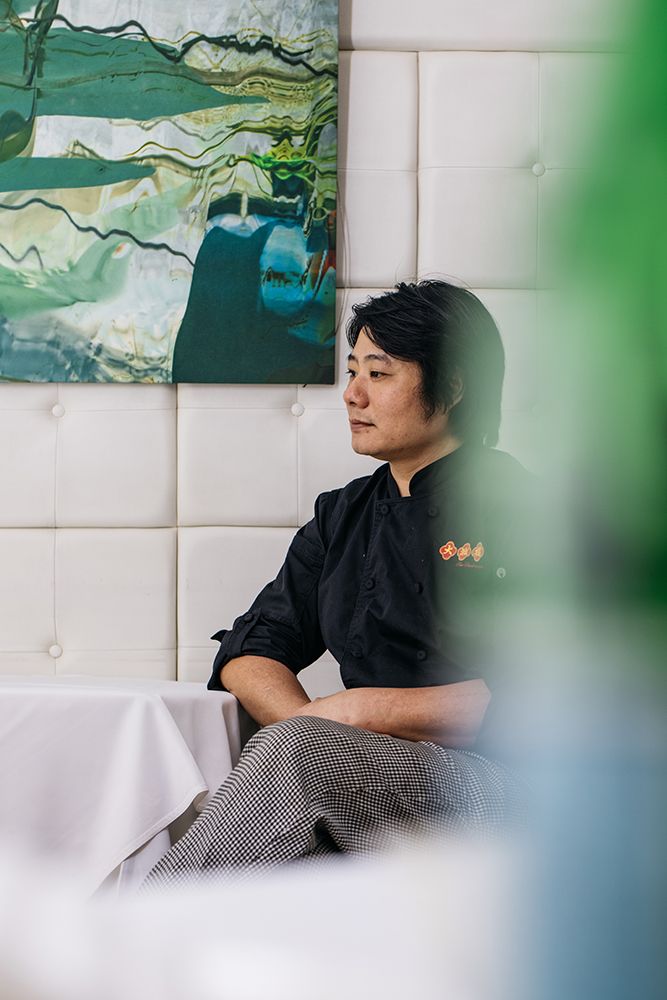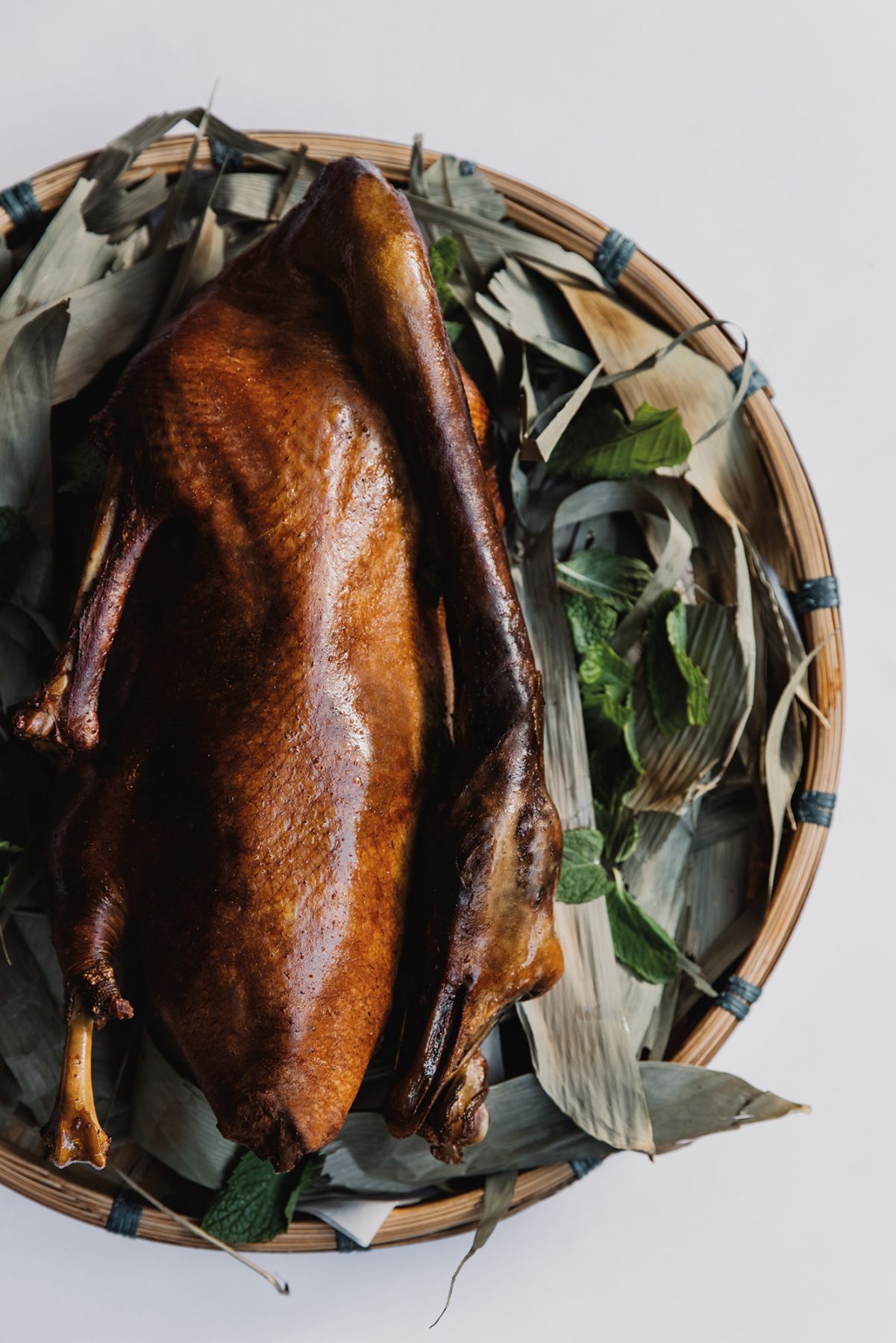For the past 12 years, The Chairman restaurant in Hong Kong—recently crowned Asia's best restaurant—has been quietly laying the foundations for the future of Cantonese cuisine
“My God, I think it might actually be The Chairman,” whispered my neighbour as the numbers slowly counted down on the screen. It was March 25, and a contingent of journalists and food influencers were gathered at Hong Kong restaurant VEA to watch the virtual announcement of Asia’s 50 Best Restaurants, an hour-long live feed of floating graphics and cobbled-together footage that took place in lieu of a physical awards ceremony. The names kept coming in: Gaggan and Le Du in Bangkok, taking fifth and fourth respectively, followed by Den in Tokyo at number three. Everyone knew that the final conclusion would come in the moment that number two was announced—and The Chairman, which did not even rank within the top ten in the previous edition, had been conspicuously absent from the list throughout the ceremony. Either it had performed so poorly in the minds of the judges in the past year that it had dropped out entirely; or it would, against the odds, have a shot at making history as the list’s highest ranked Chinese restaurant ever.
It only took the next few words to send the entire venue into hysterics: “The best restaurant in Singapore is ...”
Odette, a contemporary French restaurant in the Lion City helmed by chef Julien Royer, had been sitting comfortably at number one for two years in a row; and thus, The Chairman, Danny Yip’s low-key, family-style restaurant in a quiet Hong Kong cul-de-sac, was suddenly thrust into the spotlight. “It was so exciting because The Chairman is 100 per cent Hong Kong-born and based, and promoting Cantonese cuisine as well,” says Margaret Lam, a prominent food influencer who goes by the moniker @little_meg_siu_meg, and a long-time devotee of the restaurant. “I really felt like this was something they deserved. Chinese cuisine is so deep, and has such a long history, so it was always ironic that there had never been any Chinese restaurants that have gone that far [on Asia’s 50 Best]. You’ve had molecular, modern flavours like Gaggan, and then French cuisine. It made you wonder: is the best of Asia really that kind of food?”
Don't miss: The Best Cantonese Desserts to Try in Hong Kong

The best of Asia now has a different definition. It can be found in the glisten and char of a perfectly roasted piece of char siu, made using the coveted “first cut” pork shoulder, a highly specific part known for its unparalleled texture (the “second cut” is more commonly available). It’s represented by a dish of locally grown choi sum, each one trimmed precisely to reveal its most tender, sweet core before it is tossed gloriously in a hot wok or gently simmered in milky fish broth. At The Chairman, dishes are simultaneously familiar to the Chinese palate yet mysteriously unexpected—it’s where the building blocks of the classics act as a springboard for further exploration, a working philosophy that has remained at the backbone of Yip’s restaurant for the past 12 years. Adding to the general wholesomeness of The Chairman is the fact that, despite its multiple accolades—on October 5, it jumped 31 places on the World’s 50 Best Restaurants 2021 list, placing 10th— and groundbreaking menu, the restaurant itself is as low-key as they come—the plain white interiors have not been updated since its opening day, the wine list is modest, and the tasting menu, at HK$828 per head, is roughly half the price of dégustations at lesser one-Michelin-starred venues.




